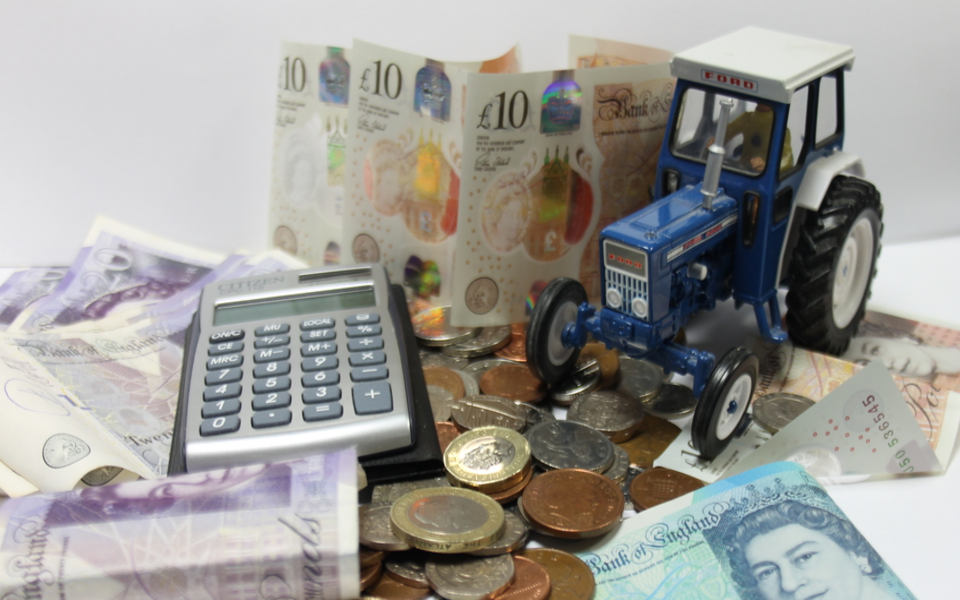Agricultural inputs’ inflation – or ‘agflation’ for short – has fallen rapidly during the first six months of the year, according to farm business consultants.
Latest analysis from the Andersons Centre suggests that agricultural input prices in May 2023 were 3% lower than in May 2022.
According to the consultancy after rising sharply since 2021 and peaking in July 2022 at 28.4%, agflation has been in free-fall during the first half of 2022 and has since eased off.
Meanwhile, agricultural output prices have broadly mirrored the trend for agricultural inputs and have also become deflationary, currently standing at -2.3%.
This is in sharp contrast to food prices, which in May 2023 were estimated to have risen by 18.7% year-on-year.
Although, it appears that food prices for consumers are continuing to rise while agricultural prices are dropping.
There is a lag between how agricultural prices evolve and how these prices are reflected in retail prices.
Food prices
Back in 2017, when agricultural output prices reached their highest point in the month of May – at 13.2% – the Consumer Price Inflation (CPI) Food index did not peak until the following November – at 4.1%.
This reveals a lag of about six months and indicates that the highest extent of inflation in food prices was significantly lower than for agricultural outputs.
A key reason for this is that agricultural raw materials are one of several inputs that go into supplying food to consumers.
Other inputs such as labour, energy, and packaging are also significant, and traditionally are much less volatile than agricultural prices.
Meanwhile, the combined effects of Brexit, Covid-19 and the Russia-Ukraine conflict have exerted multiple pressures on both agricultural commodities, labour and energy inputs.
This has pushed CPI Food inflation to almost 20%.
Inflation
However, there are signs that food price inflation might have peaked in March 2023, about seven months after agricultural output prices.
While inflation continues to journey downwards, it disguises the fact that agricultural and food prices today are substantially higher than they were two years ago.
Agricultural input prices are 24% higher, agricultural outputs are up 15% and food prices are up by 29%.
Elsewhere in the economy according to CPI index prices are also up by 18%.
This highlights the pressure that inflation puts on consumers’ incomes and is likely to result in workers’ seeking pay rises to mitigate these increases.
All of this, in turn, will mean that inflationary pressure across the economy generally will continue to linger, especially as annual inflation at 8.7% CPI)remains higher than the Bank of England’s 2% target.
As consumer incomes under pressure there is going to be an even greater focus on food prices and in turn the prices that farmers get paid.
Agflation
But farmers are also contending with significantly higher costs compared to where they were two years’ ago.
This suggests there will be further challenges ahead and against the backdrop of recent Free Trade Agreements with Australia and New Zealand.
Although farmers in the Southern Hemisphere have also had to contend with inflationary pressures, there will be delicate balancing act to achieve to ensure that British prices remain competitive – while providing farmers with an opportunity to cover the significant cost increases that they have experienced in the past two years.
According to the Anderson Centre one key reason why agricultural inflation has fallen is because the annualised figures relate to a period when the world was adjusting to the shocks caused by the start of the Russia-Ukraine conflict.
When annual inflation is compared to a period after which costs had increased considerably, it is unsurprising that the rate of increase has slowed, or turned negative in the case of agflation.

